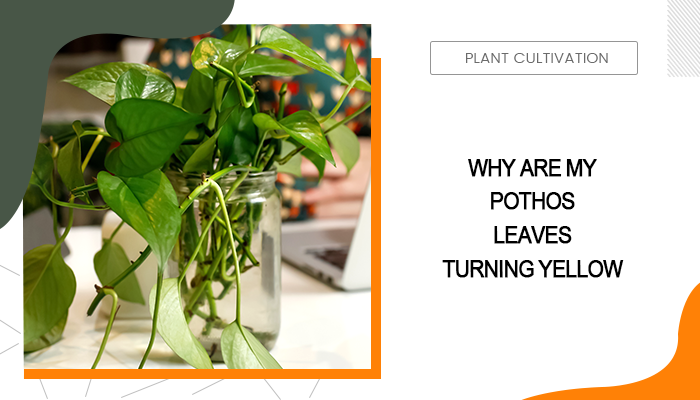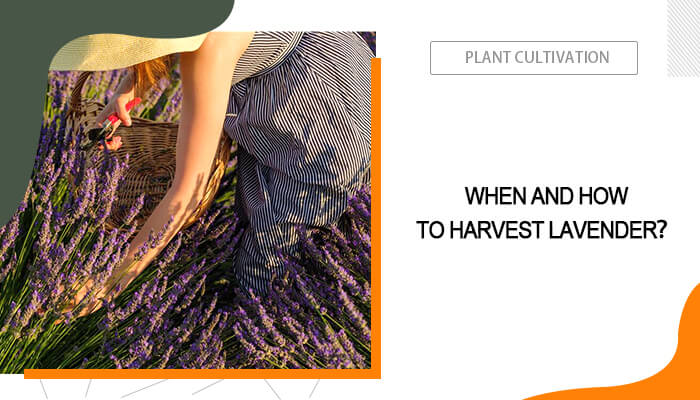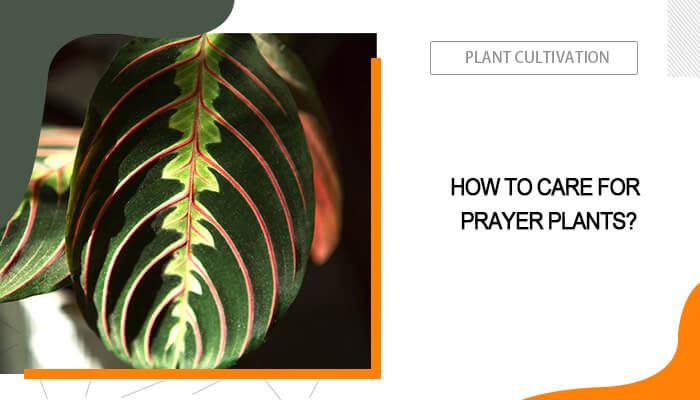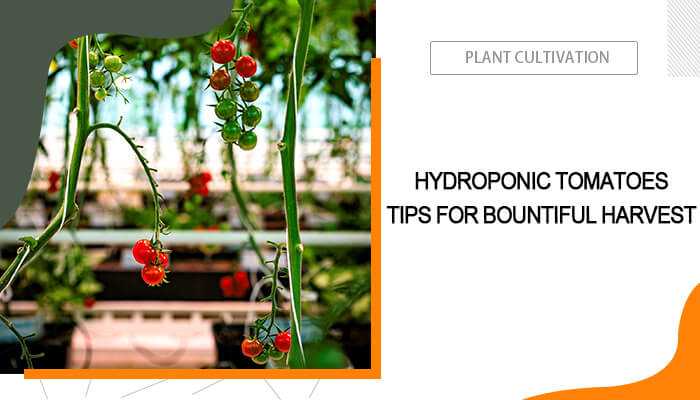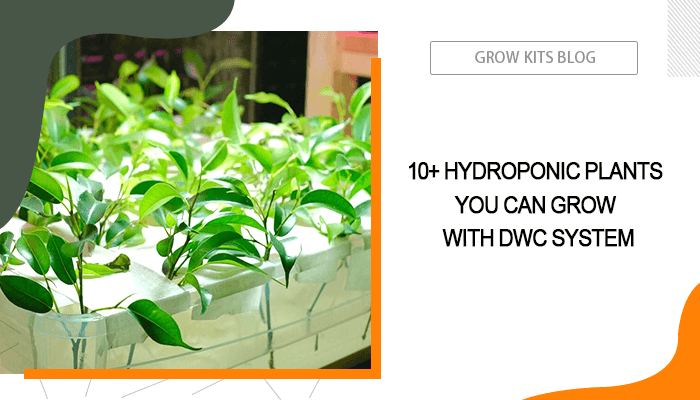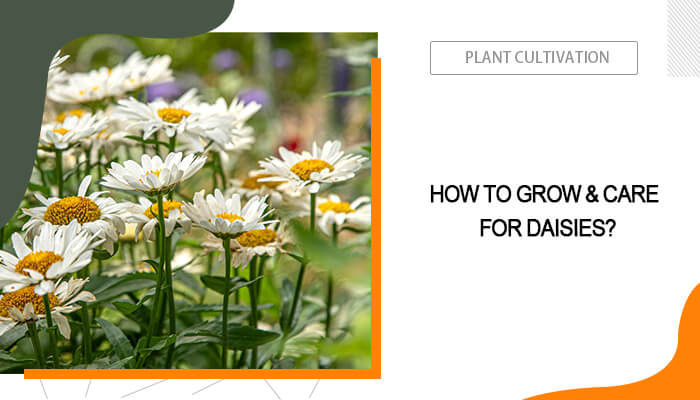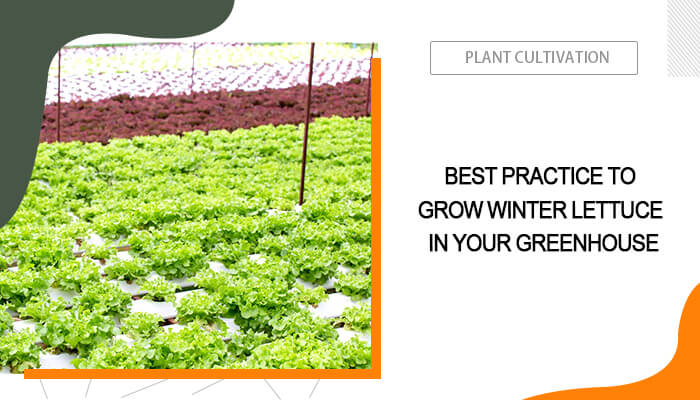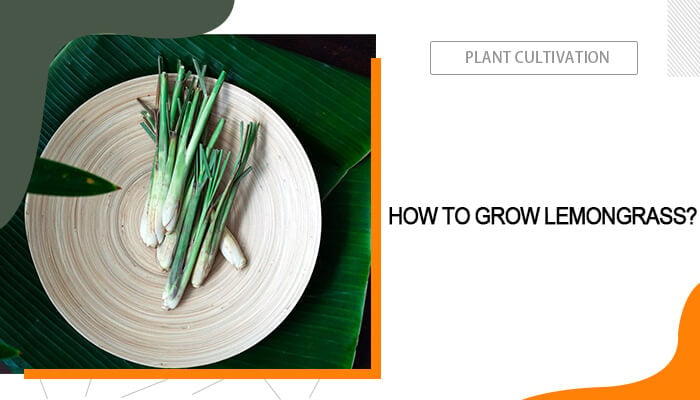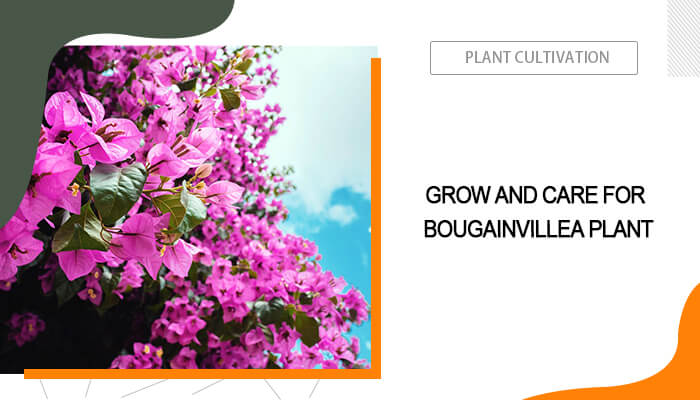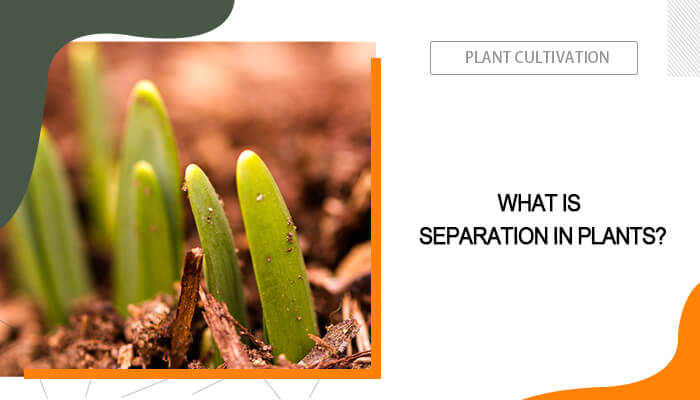Causes and Fixes to Pothos Leaves Turning Yellow
Pothos (Epipremnum varieties), renowned for its hardiness and beautiful trailing leaves, is a common houseplant decoration for many plant enthusiasts. However, one common issue many pothos owners face is that pothos leaves turning yellow, which can be distressing as it indicates that your plant is not in optimal health. Why are my pothos leaves turning yellow? In this post, we will delve into the reasons behind this discoloration, offering insights from both botanical science and personal gardening experiences.
Table of Contents
Overwatering Pothos
Overwatering is a common issue for Pothos plants, often leading to yellow leaves due to root rot. When the roots are compromised, they cannot transport necessary nutrients and moisture to the rest of the plant. As a result, the leaves start to turn yellow because they are not receiving the required sustenance to maintain their healthy green color.
To prevent this, ensure the soil is well-drained and only water when the top 25% of the soil is dry. When watering your pothos plants, water thoroughly until it drains out the bottom into the saucer. It's crucial to remove any standing water from the saucer to avoid root rot that can kill your plant.
Underwatering
Conversely, not providing enough water can also stress the plant, leading to pothos yellow leaves. Underwatering causes the roots to dry out and hinders their function. The plant struggles to maintain its lush green appearance, and as a result, leaves may turn yellow, wilt, or drop off.
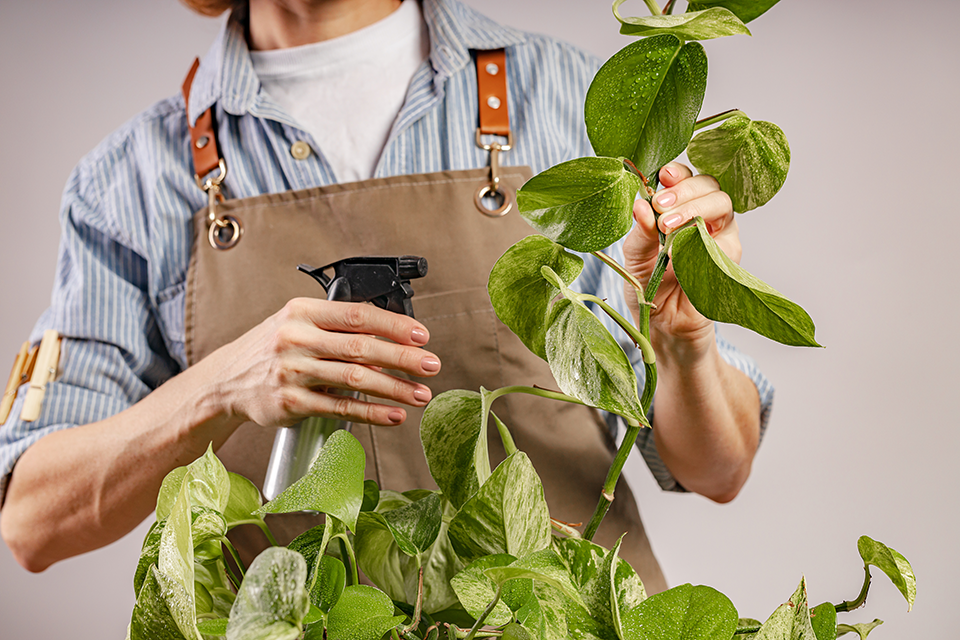
For a more detailed guide on watering pothos, check here: How Often to Water Pothos?
Low Humidity Level
If your pothos plants showcase brown edges before turning yellow, chances are they are suffering from a rather low humidity level, particularly combined with dry soil. This can lead to drooping leaves, which may first exhibit browning at the edges before progressing to overall yellowing, browning, and eventual leaf drop.
To combat low humidity, regular misting of your pothos leaves can significantly increase the moisture in the air around the plant. For a more natural solution, consider placing a pebble tray with water beneath the plant pot. This mimics the natural, humid environment that pothos thrive in. Additionally, using a plant humidifier can provide a more consistent and controlled humidity level.
Nutrient Deficiencies
Theoretically speaking, your pothos is unlikely to experience nutrient deficiency if you stick to proper growing guidelines all the way along. However, nutrient deficiencies can occur in older plants that have not been repotted for several years, as they are more prone to lose essential nutrients, notably nitrogen, iron, and magnesium.
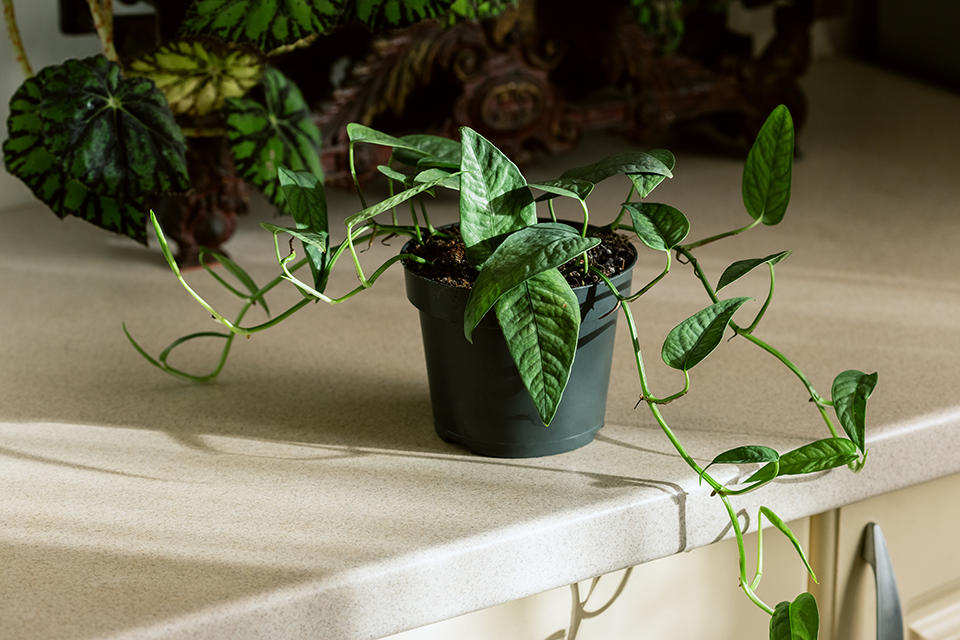
To address nutrient deficiencies in your Pothos, especially for older plants, you can periodically repot your pothos to refresh the soil, commonly every two to three years. In the meantime, use a balanced, all-purpose fertilizer to feed your indoor vine plants. During the growing season (spring and summer), apply fertilizer once a month to support healthy growth.
Inadequate Light
While pothos can thrive in low light conditions, too little light can promote weak growth and yellow leaves. It's important to find a balance where the plant receives enough light to photosynthesize effectively without being exposed to direct sunlight, which can scorch the leaves.
Also, a sudden shift to a dimmer environment can lead to leaf yellowing as the plant tries to adapt. This diminished capacity means it can't sustain all its leaves, resulting in yellowing and subsequent leaf drop. For more consistent and adequate lighting, grow lights for indoor plants such as pothos are handy tools.
Temperature and Environmental Stress
Environmental stress, such as sudden temperature changes or repotting, can lead to yellowing leaves in pothos plants. Exposure to drafty windows or heating vents can significantly stress the plant by subjecting it to temperatures that are much warmer or cooler than the general room environment. 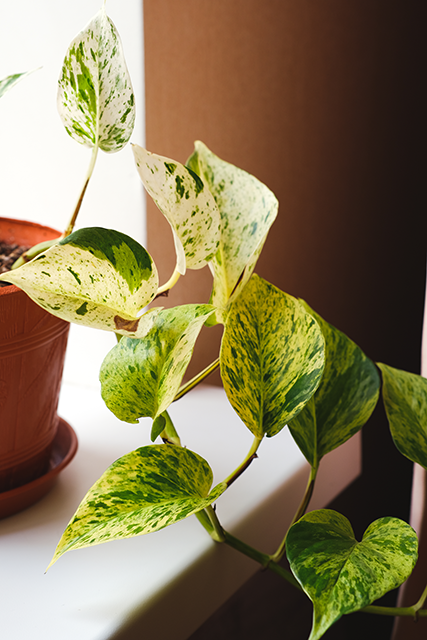
If you experience any abrupt temperature fluctuations, try to stabilize the area around your pothos to minimize stress. Additionally, regardless of the season you choose for repotting the plant, handle the pothos gently and water lightly after repotting to help it recover and adapt to its new environment without added stress.
Pest Infestations
Common indoor pests such as spider mites, scale, and mealybugs can pose a significant threat to pothos plants, especially when they are weakened or stressed due to factors like poor lighting, nutrient deficiencies, or improper soil moisture. These sap-sucking insects use their needle-like mouthparts to extract fluids from the plant cells, leading to yellowing leaves. The problem often appears as a mottled yellow pattern on the leaves and can worsen over time if the infestation is not controlled.
To identify a pest infestation, inspect both the tops and undersides of the leaves for insects. In addition to visible pests, look for signs like honeydew, a clear, sticky substance left as droppings by pests like mealybugs and scale insects.
If an infestation is spotted, consider using treatments such as insecticidal soap or neem oil-based insecticides. These products are effective against a broad range of houseplant pests and can help reduce pest populations.
Natural Aging
Some yellow leaves on pothos are a natural occurrence, particularly if the plant is producing new growth. When you observe new leaves emerging while older leaves, especially those at the bottom of the plant, turn yellow, it's typically part of the plant's natural cycle. Under this situation, there's likely no cause for concern.

FAQs about Pothos Leaves Turning Yellow
- Can pothos yellow leaves turn green again?
Once pothos leaves turn yellow due to factors like overwatering, nutrient deficiencies, or environmental stress, they typically cannot revert to their original green color. However, addressing the underlying cause of the yellowing can prevent further damage and encourage the growth of healthy, green leaves.
- Should I cut off pothos yellow leaves?
Yes, it's generally recommended to trim off yellow leaves from your pothos plant (you won’t need them anyway). Yellow leaves are often a sign of stress, disease, or nutrient deficiencies, and removing them can help improve the overall health and appearance of the plant. Trim the yellow leaves at their base using clean, sharp scissors or pruning shears. Don’t forget to sanitize your tools before taking action!




